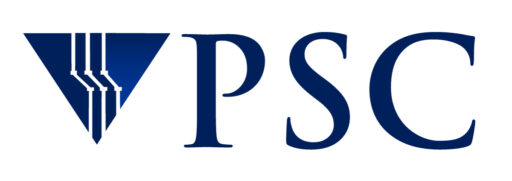Anton 2 Supercomputer Operational at PSC
Anton 2, a specialized supercomputer developed by D. E. Shaw Research that simulates the motions of biomolecules, has replaced the original Anton 1 system previously at PSC. The new machine, operationally supported through a grant from the National Institutes of Health, enables life scientists to simulate much larger biomolecules for longer timescales than was previously feasible.
A new Anton 2 supercomputer, developed by D. E. Shaw Research (DESRES), is now operational at PSC for use by scientists across the United States. This next-generation Anton, which replaces the original Anton 1 system previously at PSC, offers investigators improved ability to simulate the motions and activity of larger biomolecules over long timespans. Research conducted on Anton 2 may offer clues as to how life processes work, how they go wrong in disease and how we can intervene to put them right again.
The Anton 2 machine was provided to PSC without cost by DESRES for use by the national biomedical research community, and is the only such machine available at no charge to biomedical scientists carrying out non-commercial research. Its operations are funded by a $1.8-million National Institutes of Health grant to PSC. Time on the machine is allotted on the basis of research proposals submitted to an independent expert committee convened by the National Research Council at the National Academy of Sciences.
The first allocation review process for the Anton 2 machine was completed in August 2016. “We held our most competitive Anton review ever, with an unprecedented 99 proposals received,” says PSC’s Phil Blood, principal investigator for the project. “Fifty-two proposals were ultimately awarded time by the review committee, and researchers started running simulations on Anton 2 in December 2016.”
Molecular dynamics simulations can provide insights into the behavior of proteins, cell membranes, nucleic acids and other molecules at the atomic scale. But even the most advanced general-purpose supercomputers struggle to simulate beyond the microsecond timescale without taking months of computational time. DESRES’ Anton series of supercomputers have changed this, giving researchers practical access to simulations of far longer timescales than they would otherwise be able to achieve.
PSC’s previous Anton 1 supercomputer, which was also donated by D. E. Shaw Research and became operational in 2010, was the first Anton machine available to the research community. From 2010 to 2016, 127 different investigators used Anton 1 at PSC to complete 277 simulation projects, which have so far resulted in over 170 peer-reviewed publications. Reports of research conducted on PSC’s Anton 1 consistently earned a place in “high-impact” journals, reaching a large scientific readership worldwide.
The new 128-node Anton 2 expands on the capabilities of the 512-node Anton 1 previously at PSC, increasing simulation speed approximately four-fold and greatly increasing the allowable molecular size, enabling researchers to simulate biomolecular systems with as many as 700,000 atoms, compared with the limit of 150,000 atoms for Anton 1. This capability will enable researchers to study larger subcellular structures at timescales not previously possible.
